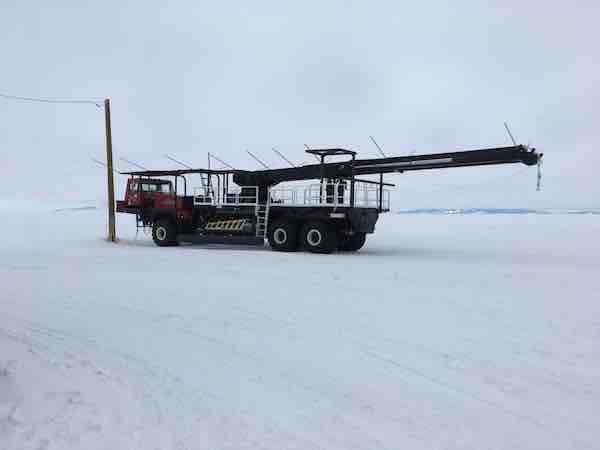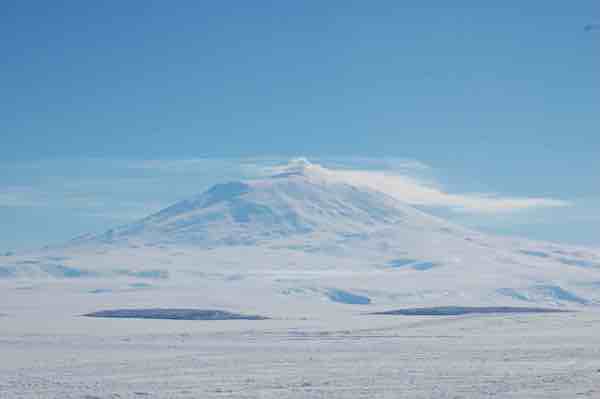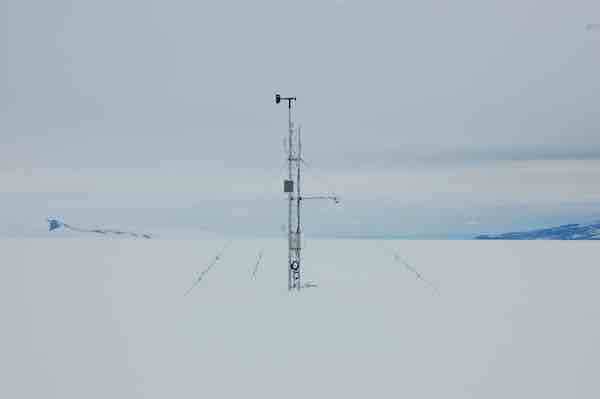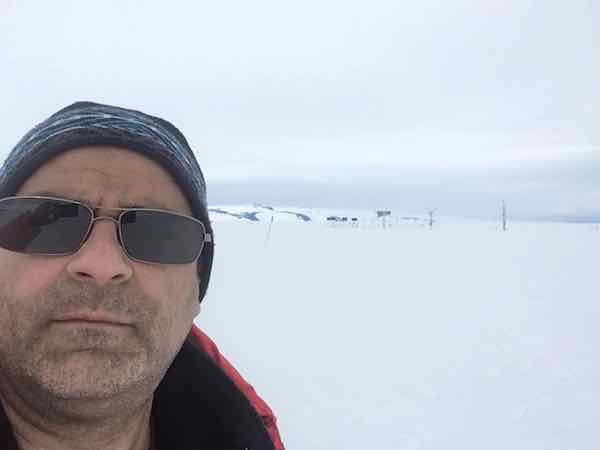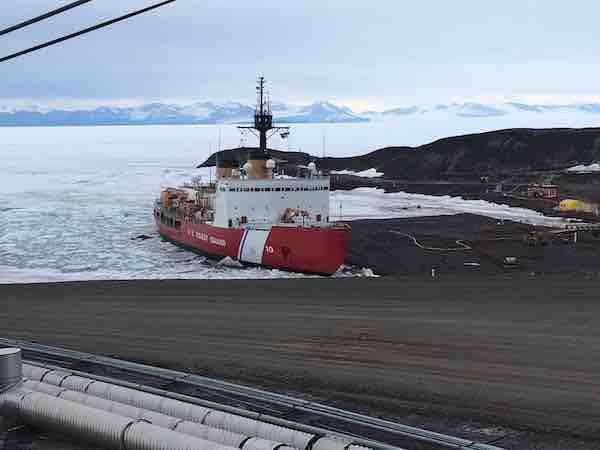Hello Everyone!
This week has been an ever increasingly busy week! So much to talk about:
First, I should make a note about the US Antarctic Program (USAP). It is overseen by the National Science Foundation (NSF). They oversee and fund the work that is done here. It’s a bit of a hefty job, but it includes many players: Military, University grantees/researchers, forecasters, contractors, and many, many others.
On Tuesday, I got to visit the Long Duration Balloon (LDB) facility that NASA (along with help from NSF), has out near Willie Field. This project launches payloads of science gear into the upper atmosphere to study all sorts of things via big, big balloons. It’s cheaper than launching a rocket and you can do some really need space science projects. They have their own weather forecasting operation there, and they do make use of our weather observations to support their forecasting activities. The ride out there, I got take a newer vehicle that they have here – a Kress. It was interesting. Bouncy – and unlike some other modes of transportation, very quiet inside. At the LDB facility I got to see the SuperTiger payload they have been trying launch. It got canceled this year due to stratospheric winds and the timeline on the season, but the project involves the study of very larger area, high resolution, trans-iron cosmic rays. Neat stuff in the space sciences. I got to see one of the vehicles they use to hold up the payload while the balloon inflates before launch. The tires are huge! I also got a few good photos of Mt. Erebus – the world’s southern most active volcano! You can see a steam plume from the top! (See the photo attached).
On Wednesday evening, I gave the Science Lecture of the week. Funny, it coincided with when I would have started teaching! Sure enough, you can’t really take the teacher out of me! I was thrilled to have a packed room of over 50 or more scientists, Air National Guard, NASA, Weather forecasters, NSF, and station personnel attending. It was fun to talk about the weather station project, and the work we are doing. Some great questions were asked, and it was a rare chance to introduce all we do here in McMurdo. Folks keep talking with me about it – so that is good news. Glad everyone liked the presentation.
Finally, we got into the field! Yesterday, plans were to fly to Linda AWS via helicopter (helo), but it was canceled due to “flat light” conditions under solid cloud cover. Clouds make it so you cannot see the surface definition very well on the ice. It makes it very unsafe to land. So, we made lemonade out of the lemons we got, and drove out to Phoenix AWS. Phoenix AWS is at the USAP’s new airfield about 10 miles away from Ross Island. The older spot, Pegasus Field, has been closed due to melty surface conditions. We even had to remove our weather station there, as it could no longer be anchored well to the ice – it would melt out and fall over. Phoenix AWS was working until a few weeks back, so we checked into it, and it appeared to run for a few hours, but we’ll need to remove it and get into the lab here for testing. In my selfie you can see our AWS as well as other gear that is out there in use by a colleague of mine studying precipitation. I have photo of our station attached as well.
Today we hoped to fly again, but also the weather was not good. See the attached satellite image. Storm (marked with an L) on the ice shelf is making it hard to get out to the places we want to be.
The US Coast Guard Icebreaker has come into town and docked at the ice pier (see the photo attached). It will be here a few days before returning to cutting in a channel for the next supply and research vessels that will visit.
Thanks everyone!
Cheers from McMurdo Station,
Matthew



